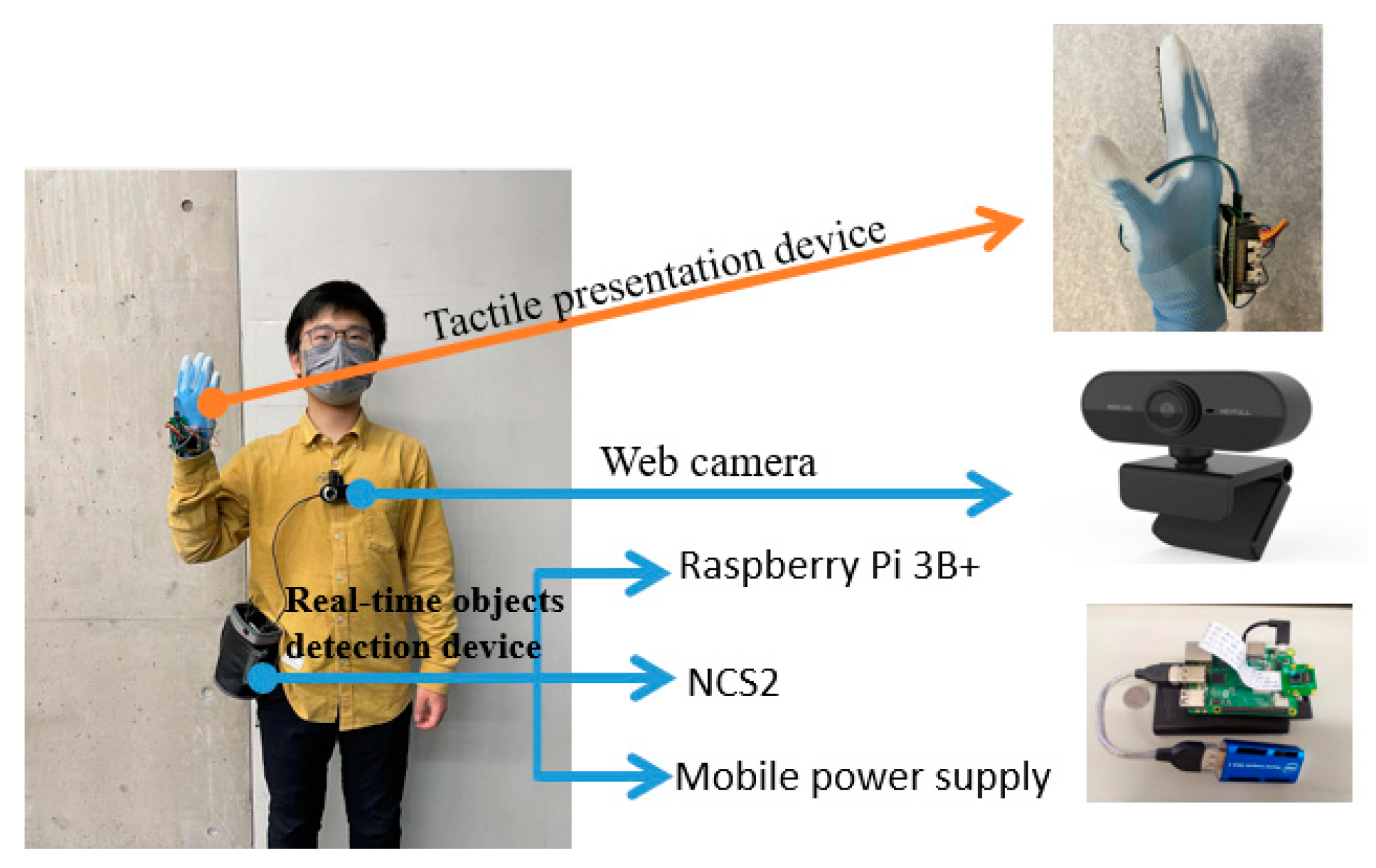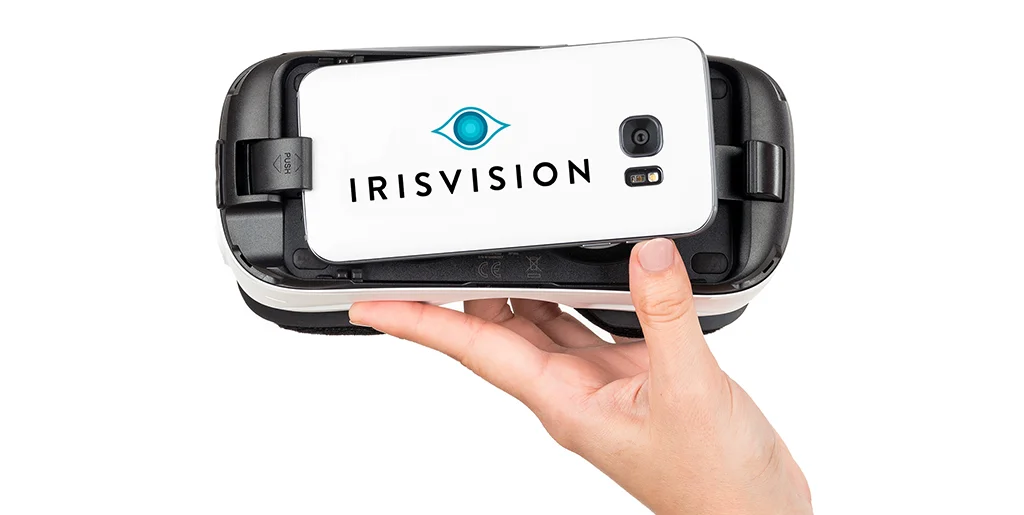Speech-to-Text Devices for Low Vision: Bridging the Communication Gap
Empowering Self-reliance With Assistive Technology for the Blind
The assimilation of assistive technology into the lives of people with aesthetic problems represents a substantial advancement in promoting self-reliance and self-sufficiency. From innovative screen visitors to sophisticated wise canes, these tools not just boost daily navigating and communication but additionally equip customers to involve meaningfully in numerous facets of life. As we explore the myriad advantages and real-world applications of these technologies, it becomes essential to analyze the underlying aspects that contribute to their efficiency and the potential for future advancements in this essential area.
Summary of Assistive Innovation

The growth of assistive modern technology is grounded in concepts of inclusivity and empowerment. Innovations in software application, hardware, and sensory enhancements offer individuals with choices customized to their details requirements. From display viewers that convert message to speech, to tactile gadgets that share info with touch, these tools transform the means individuals engage with their environments.
Along with practical applications, assistive modern technology fosters greater social incorporation and engagement in various sectors, including education and employment (AI-powered visual aids). As r & d remain to progress, the capacity for assistive technology to better improve the lives of visually damaged people remains encouraging, leading the way for a more fair culture where everybody can thrive
Sorts Of Assistive Devices
A selection of assistive tools have emerged to sustain people with visual disabilities, each designed to satisfy specific requirements and boost daily performance. These tools range from low-tech options to high-tech developments, supplying diverse choices for individuals.
Low-tech tools consist of magnifiers and large-print materials that help in analysis and writing. Braille tools, such as Braille slates and stylus pens, allow tactile analysis and communication. Alignment and flexibility aids, like white walking sticks, aid individuals browse their atmosphere safely.
On the higher end of the spectrum, digital magnification systems and display viewers use significant support. Digital magnifiers allow customers to enlarge message and photos on displays, while screen readers convert electronic content into manufactured speech, facilitating access to info on computers and smart devices.
Smart device applications additionally play an important function, providing attributes like message acknowledgment and navigating assistance. Wearable technology, such as clever glasses geared up with enhanced truth, is becoming a promising tool to enhance situational recognition.
Advantages of Assistive Innovation
The combination of assistive technology significantly enhances the lifestyle for individuals with visual disabilities. These technologies equip customers by promoting independence, enabling them to navigate their atmospheres extra efficiently and perform daily jobs with higher convenience. Screen visitors and magnification software permit people to accessibility digital information, promoting instructional and expert possibilities that might have formerly been out of reach.
Additionally, assistive devices such as clever walking canes and GPS applications give real-time navigation aid, boosting movement and safety and security. This enhanced autonomy not only boosts here are the findings self-confidence however also encourages social engagement, blue light filtering glasses allowing users to get involved more totally in their neighborhoods.
Assistive modern technology additionally promotes interaction, aiding individuals get in touch with others with voice acknowledgment and text-to-speech applications. This capability is vital for keeping relationships and accessing critical info.
Furthermore, the modification choices available with several assistive innovations ensure that customers can customize devices to their details needs, even more boosting functionality and efficiency. On the whole, the advantages of assistive technology for individuals with aesthetic disabilities are extensive, promoting an extra comprehensive culture where everyone can seek their aspirations and objectives.
Instance Studies and Success Stories
Highlighting the transformative impact of assistive innovation, many situation researches illustrate just how people with visual disabilities have effectively incorporated these tools into their day-to-days live. One engaging example involves an university student who made use of display analysis software to browse scholastic products and on the internet resources effectively. This modern technology not only facilitated her education but additionally boosted her self-confidence in joining conversations and team tasks.
One more instance research study includes a professional who uses a smartphone application made for navigation and things acknowledgment. By using this app, he has actually regained autonomy in both pop over to these guys his personal and workplace, enabling him to commute independently and involve with colleagues better.
In addition, a retired person shared her experience with braille e-readers, which allowed her to access a large variety of literature and stay linked with her community with book clubs.
These success stories highlight the critical duty of assistive modern technology in fostering independence, enhancing lifestyle, and promoting social combination for people with aesthetic impairments (Smart glasses for the visually impaired). By embracing these ingenious tools, customers can get rid of challenges and seize opportunities that add to their individual and expert satisfaction

Future Patterns in Assistive Modern Technology
Technology in assistive modern technology is positioned to redefine the landscape of support for individuals with visual disabilities. Emerging trends emphasize the integration of synthetic intelligence (AI) and artificial intelligence, which boost the functionality of gadgets that assist with navigation and details accessibility. AI-driven applications are currently qualified of analyzing aesthetic data in real-time, allowing individuals to engage with their setting more individually.
Moreover, the development of wearable innovation is progressing quickly. Smart glasses equipped with increased fact (AR) can give audio descriptions of surroundings, transforming exactly how customers engage with public rooms. These tools not only promote freedom however likewise foster social addition.
Furthermore, the Web of Things (IoT) is making homes smarter, enabling smooth connectivity between assistive devices and daily appliances. This connectivity equips customers by enabling voice-activated controls and computerized responses tailored to specific requirements.
Verdict
In verdict, assistive technology plays an essential function in equipping individuals with aesthetic impairments by boosting their independence and engagement with their surroundings. The diverse variety of applications and devices readily available not only promotes navigating and interaction but likewise advertises social combination and chances for individual and expert growth. As innovations proceed in this area, the potential for enhancing the top quality of life for those with aesthetic problems will increase, cultivating greater freedom and empowerment.
